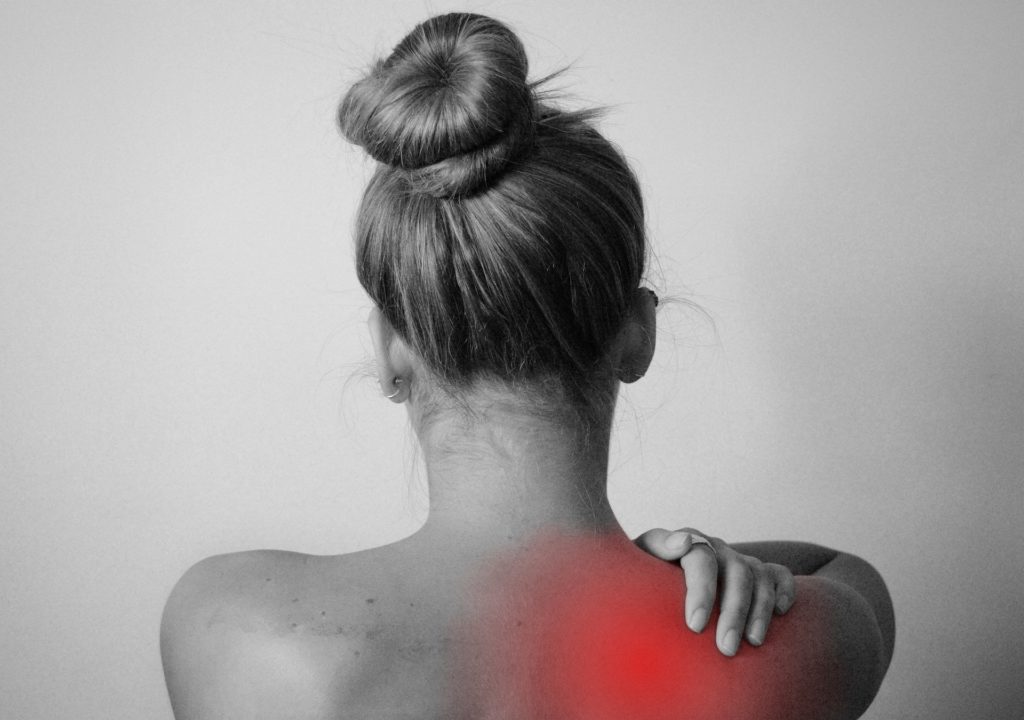
Frozen shoulder syndrome is a challenge for physical therapists and doctors alike. In 37 years of practice, it is my observation that we have very little to offer a true frozen shoulder. However, if caught in the so-called “freezing” stage, our ministrations might prevent progression to a frozen shoulder. Likewise, once the shoulder begins to “thaw,” physical therapy care can help speed the recovery.
When confronted with a patient with a truly frozen shoulder I will explain to them that I will treat as long as they are making progress. Once they plateau in their progress, which comes very quickly, they will be discharged to a home program, with one-time-monthly monitoring visits. Most are content with this, appreciating the honesty and newfound insight to their problem. Others will find this unacceptable and will seek a therapist who will treat them thrice weekly for upwards of a year, claiming victory once the condition resolves.
So what are the interventions we can try before “abandoning” our patient? Here are some thoughts. These work best during the freezing stage, but are only marginally helpful once the shoulder is frozen:
- Address underlying conditions that precipitated the syndrome in the first place. This will almost always involve rotator cuff and, particularly, bicipital tendinopathy. Friction massage, stretching, and progressive exercise are well established approaches.
- Address subscapularis trigger points and spasm. ALL patients will have this problem. Strain-counter-strain, ischemic pressure, PNF techniques, and activation of external rotators to reciprocally inhibit the subscap, can all be helpful. Progress to doorway stretching, as tolerated. (See also Janet Travell’s tome for a detailed treatise on this malady.)
- Address joint hypomobility; glenohumeral mobilization, obviously, but also a-c and s-c joints. Mobilize/manipulate thoracic spine, with special attention to T4. Correct postural problems.
- Address central sensitization phenomena with patient education, mirror imagery, and left/right shoulder card sort (RecogniseTM flash cards from NOI.) Address skin hypersensitivity, although rarely present.
- Address chronic pain. A home TENS unit can be remarkably effective, obviating the need for analgesic medication.
All of the above can be adapted to a produce a comprehensive home management program.
Most importantly, utilize patient education. Patients will be much more receptive to self-directed care, with monthly follow-up, once they understand their condition. Then again, they may very well go across town to see another practitioner more than willing take on the case.
About the Author: James Phillips is a private practitioner in Elmwood Park, NJ. He is also an OCS and FAAOMPT mentor for Evidence In Motion. He can be reached at bergenptassociates@gmail.com or www.bergenpt.com.
––– Comments
Nick Rainey
Commented • October 10, 2020
James, Thanks for the great post. I sent it to all the providers at my office. I agree that true frozen shoulder I see little significant benefit from frequent visits. I'll differ from you though on how I handle it. I have a similar conversation, but I make sure they're on board. Basically shared decision making vs paternalistic decision making. Thanks for a good clinical post! I hope your practice is surviving the pandemic as well as possible.